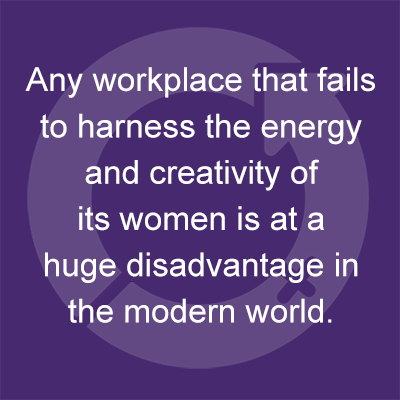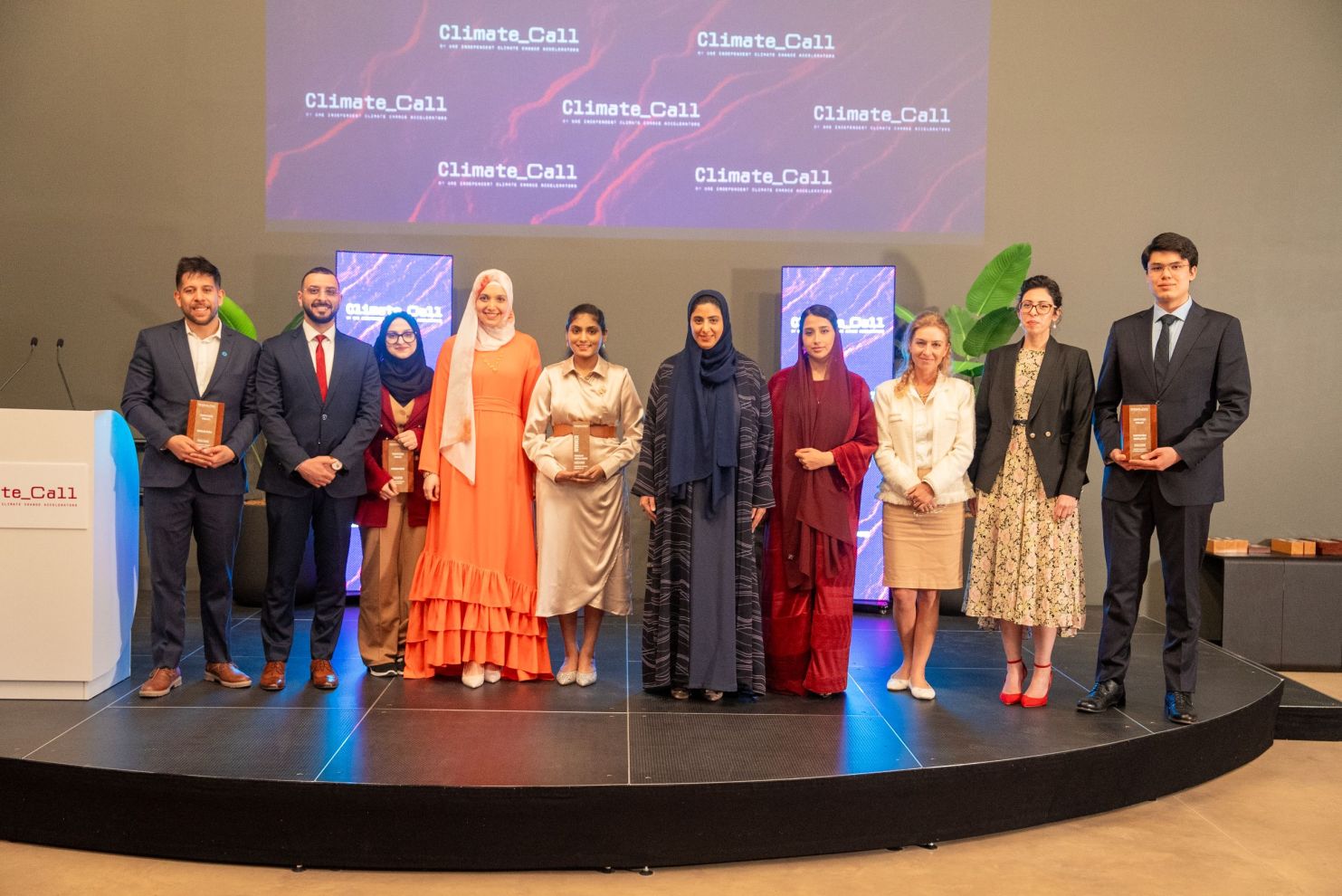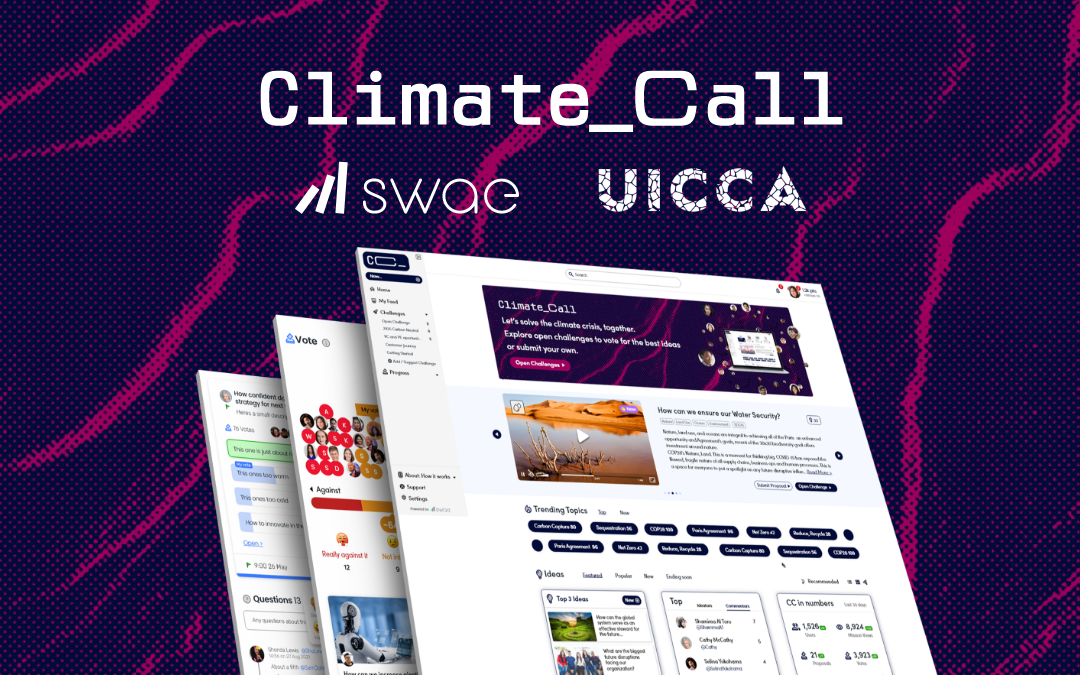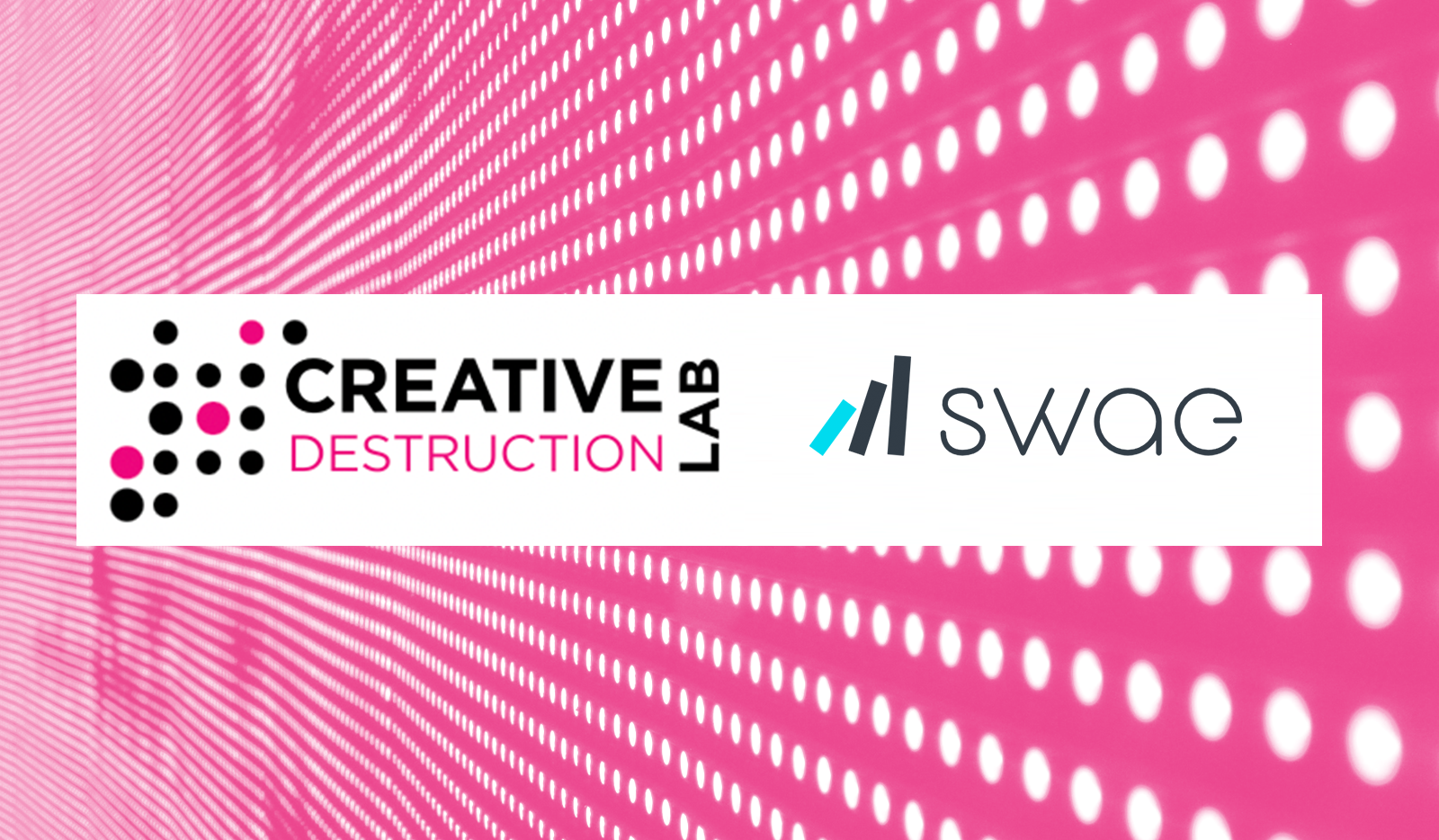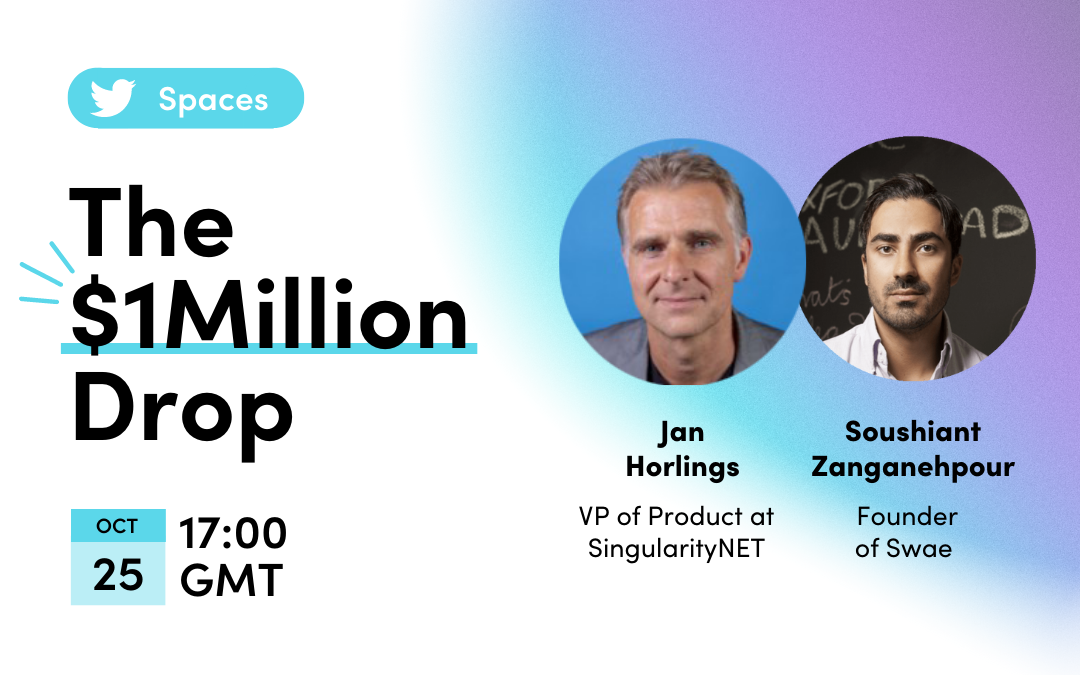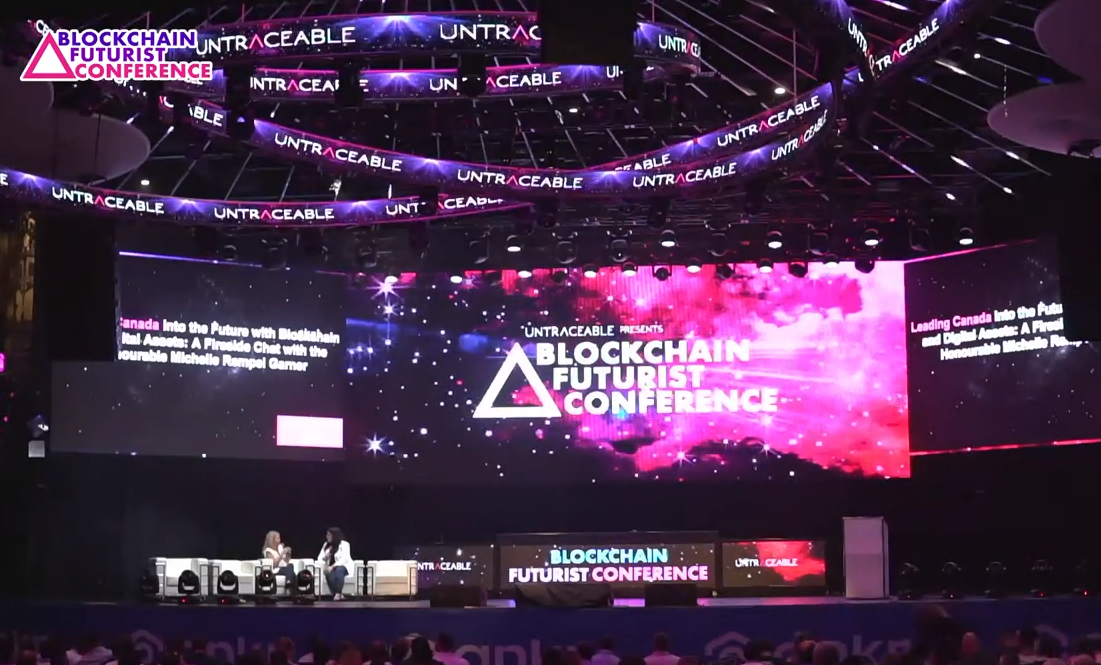Tips on how to make Remote Work, work for you It's Here to Stay4 May 2022 4 min ReadThis is a recap of Harvard Business Review’s @HarvardBiz “The Realities of Remote Work” (download the full PDF at the bottom of this article) by Laura Amico. For some great tips for...
![The Invisible Implications of Collaboration Could Be Causing Your Burnout [Here’s 5 ways to do it right]](https://swae.io/wp-content/uploads/Swae_Resources_MIT_Sloan_Review_Your-Collaboration-Efforts-Could-Be-Hurting-You-Unless-You-Do-It-Right-report-1080x675.png)
The Invisible Implications of Collaboration Could Be Causing Your Burnout [Here’s 5 ways to do it right]
The Invisible Implications of Collaboration Could Be Causing Your Burnout [Here’s 5 ways to do it right]
But it’s often just because simple things are done ineffectively
14 April 2022 3 min Read
![Swae_Resources_MIT_Sloan_Review_Your Collaboration Efforts Could Be Hurting You [Unless You Do It Right] hard FOFO business leaders not listening](https://swae.io/wp-content/uploads/Swae_Resources_MIT_Sloan_Review_Your-Collaboration-Efforts-Could-Be-Hurting-You-Unless-You-Do-It-Right-hard.png)
Our brains are getting overwhelmed given the perpetual move toward greater collaboration and enterprise connectivity. Here’s 5 takeaways to do it right…
Recap of new book and MIT Sloan’s Review: Easing the Invisible Burdens of Collaboration. A new book delves into collaboration practices and offers creative suggestions to transform them.
Your collaboration efforts could be hurting your organization, but it’s often just because simple things are done incorrectly or ineffectively. Three important questions that will be reviewed in this article recap:
- What precisely do we need in collaborative interactions?
- What are we trying to get out of them?
- How can we optimize our time together?
Author and MIT Sloan Management Review contributor Rob Cross, the Edward A. Madden Professor of Global Leadership at Babson College, explores these questions in his new book, Beyond Collaboration Overload: How to Work Smarter, Get Ahead, and Restore Your Well-Being (Harvard Business Review Press).
MORE KNOWLEDGE | LESS TIME
The Two Minute Takeaway
Rob Cross’ new book, as noted above, is focused around a methodology called organizational network analysis; this maps the often-invisible informal working relationships through which collaborative work typically gets done.
Invisible implications of the collaborative footprint are increasing burnout and reducing impact.
Cross has found that general collaboration efforts increased the burnout rate because of the invisible implications that put more pressure on people.
“A task may look easy on the project plan, but if it requires you to coordinate across three time zones with two leaders who dislike one another to secure resources from somebody with misaligned incentives — that’s huge in terms of time. And that’s what’s been invisible.”
– Rob Cross
The actual collaborative footprint of work needs to be understood to make collaboration less difficult and have more of an impact. Seeing the invisible elements that take a lot of time is extremely essential to be successful in collaboration. And companies must now create better ways to collaborate in this hyper-connected world.
KEY TAKEAWAY 2
Taking on too much (for accomplishment or status) can cause collaboration bottlenecks
When you hit bottlenecks (or the “mid management roadblock” as was mentioned in our last recap here) when trying to collaborate and the creation of new processes and systems to support these efforts, it doesn’t mean that people want to be roadblocks. Rather, what Cross found is that they’ve taken on more than they can handle. People’s internal battles with themselves can cause a whole slew of headaches within an organization.
The “leader who takes on too much” is mentioned frequently in Cross’ book. Many people feel like the collaborative overload/issue is something that’s out there somewhere (external) when the reality is that the internal need for accomplishment or status, or fear, or something else internally that is causing issues to arise.
KEY TAKEAWAY 3
Hold each other to account when hitting roadblocks.
Sometimes when hitting roadblocks, it means that we need to confront colleagues. And as many of us know, confronting colleagues is difficult (let’s face it, confrontation in general is difficult).
Cross recommends this diagnostic tool here to use with your teams to discuss what you should be holding each other accountable for to help alleviate unnecessary roadblocks.
Its something Steve Jobs insisted upon at Apple- always assigning responsibility for everything, so everyone knew who’s responsible for what. This approach called the “DRI” (Directly Responsible Individual) famously helped to avoid roadblocks by assigning personal accountability, and delivered breakthrough collaboration results.
KEY TAKEAWAY 4
Collaboration works when you pre-plan how to communicate
- What are the five positive things we want to do in these [communication] modalities?
- What are the practices we want to agree to?
- What do we not want to do to each other?
Eliminate confusion about usage and agree on whatever will work for the team and configure the EXACT way that communications need to go out and what tools will be utilized.
KEY TAKEAWAY 5
Meetings do need to happen- so increment how to make them efficient and effective.
Meeting efficiencies and dealing with this hybrid and/or fully remote workplace situation today is causing more headaches for many teams. Your company must figure out the best ways to have meetings (because meetings do matter and they must happen). Figuring out the best use of people’s time is important today.
“We need to think more, and more carefully, about what we’re bringing into these meeting formats and what can be made more efficient.”
– Rob Cross
In-person meetings have been found to be preferred by many people, but that may not always be possible. There are ways that teams can connect despite being physically distanced from one another, so it’s important to get creative in how to meet to collaborate, and devising new strategies to make the invisible work become less stressful. And, it’s critical to analyze the tools you need for innovation to help make this easier.
![Swae_Resources_MIT_Sloan_Review_Your Collaboration Efforts Could Be Hurting You [Unless You Do It Right] hard people](https://swae.io/wp-content/uploads/Swae_Resources_MIT_Sloan_Review_Your-Collaboration-Efforts-Could-Be-Hurting-You-Unless-You-Do-It-Right-hard-people.png)
There are ways that teams can connect despite being physically distanced, so it’s important to get creative in how to meet to collaborate, and devising new strategies to make the invisible work become less stressful.
Why This Matters
Invisible constraints on a person’s workload causes issues in the workplace and at home. These are not things that we can separate because stress affects the body no matter where a person is located.
Cross’ book brings up important points that collaboration for the sake of collaboration is not constructive, but intentional and purposeful collaboration can be, if done correctly.
Using Swae can help reduce the pressure of collaboration by putting things into a dedicated format, process and workflow. Lots of the ‘thinking behind the thinking’ has been refined by our platform over the years, leaving the creative thinking, innovation and problem solving to your team- thats where great ideas emerge and become the best they can be.
Summary and Next Steps
When it comes to collaboration, organizations need to act to help employees avoid burnout, and the inevitable HR retention issues we are seeing in the ‘Great Resignation’.
The world has changed and collaboration is more remote, complex and digital than it ever was. Rome wasn’t built in a day, so don’t expect to change overnight, but a small amount of planning beforehand, and some great digital tools (like Swae) can pay dividends in day to day collaboration.
Where is your organization seeing overload burnout due to collaboration bottlenecks.
How can you alieveiate collaboration issues in your organization using the 5 tips above?
Comment below, we’d love to know…
Download the Report
Get the MIT Sloan Report for FREE
Join our community and get the inside scoop, the latest insights to hack your innovation and helpful tips from our gurus.
This Article references: https://sloanreview.mit.edu/article/easing-the-invisible-burdens-of-collaboration/ by Deborah Milstein @debmilstein interviewing Rob Cross, @RobCrossNetwork the Edward A. Madden Professor of Global Leadership at Babson College.
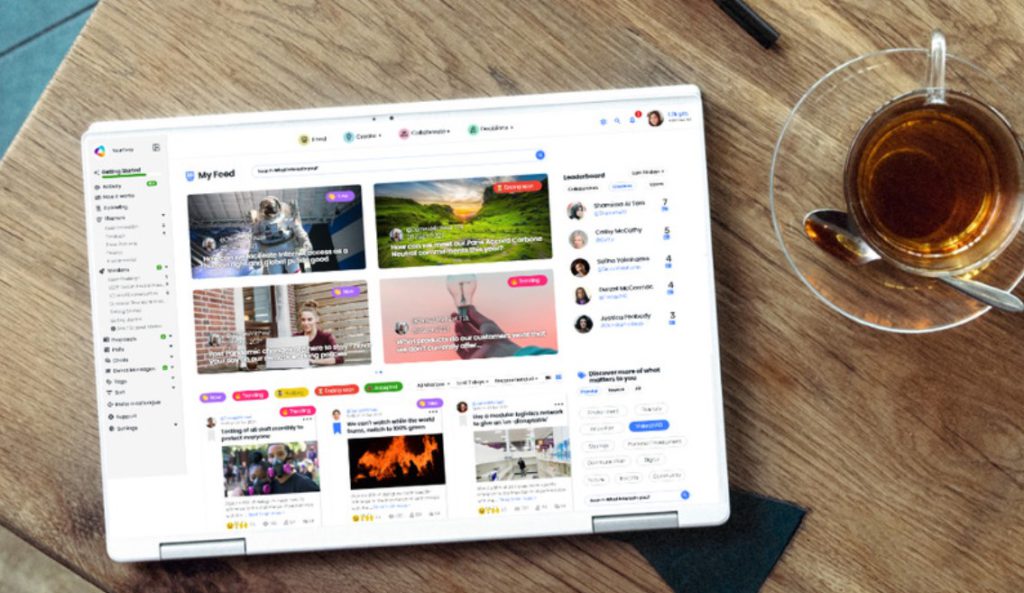
Swae is helping organizations across the world to solve today’s problems and generate tomorrow’s strategy. Our clients are finding that their greatest resource is their people, and Swae is proven to help get the best from the untapped potential within their workforce.
We’d love the chance to show you how Swae can help you find your next winning ideas…
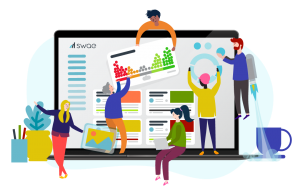
Ready to learn how Swae can help your organization?
More to explore…
Tips on how to make Remote Work work for you [It’s here to stay]
Approaches to Solving Problems in the Workplace [Harvard Business Review Recap]
Approaches to Solving Problems in the Workplace27 April 2022 4 min ReadThis is a recap of Harvard Business Review’s @HarvardBiz How to Solve Problems by Laura Amico @HiLauraAmico. “You’d think that many brains working together would mean better solutions, but the...
Supercharge Your Innovation Process [A Playbook for Transformation Through Innovation]
Supercharge Your Innovation Process [Playbook for Transformation Through Innovation]20 April 2022 4 min ReadMIT Sloan Management Review Research Recap: A Framework for Innovation in the COVID-19 Era and Beyond. A new playbook can help leaders determine which changes...


![Tips on how to make Remote Work work for you [It’s here to stay]](https://swae.io/wp-content/uploads/Resources_Swae_Harvard_Business_review_how-to-make-remote-work-work-for-you-its-here-to-stay-400x250.png)
![Approaches to Solving Problems in the Workplace [Harvard Business Review Recap]](https://swae.io/wp-content/uploads/Resources_Swae_Harvard_Business_review_Approaches-to-Solving-Problems-in-the-Workplace-400x250.png)
![Supercharge Your Innovation Process [A Playbook for Transformation Through Innovation]](https://swae.io/wp-content/uploads/Swae_Resources_MIT_Sloan_Review_Supercharge-Your-Innovation-Process-A-Playbook-for-Transformation-Through-Innovation-400x250.png)


![4 Ways to Build a More Inclusive Workplace [Your Employees Desire More]](https://swae.io/wp-content/uploads/Resources_Swae_McKinsey_Inclusive_workplace-1080x675.png)



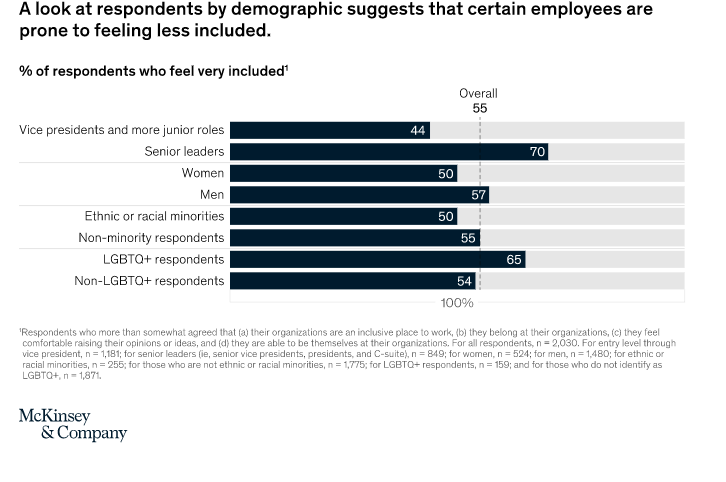
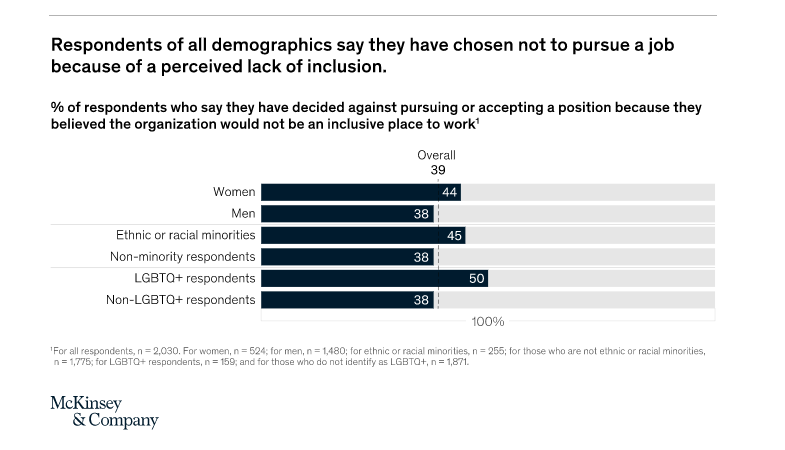

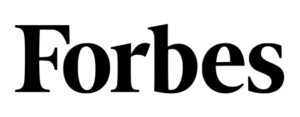




![International Women’s Day – Breaking the Bias in the Workplace [Women’s Equality]](https://swae.io/wp-content/uploads/Resources_Swae_International_Womens_Day-1-1080x675.png)


